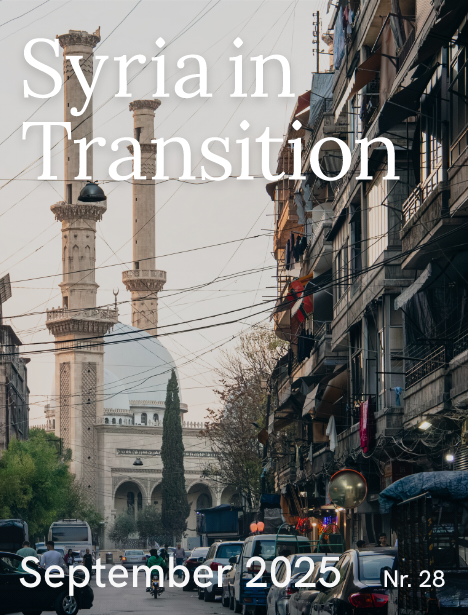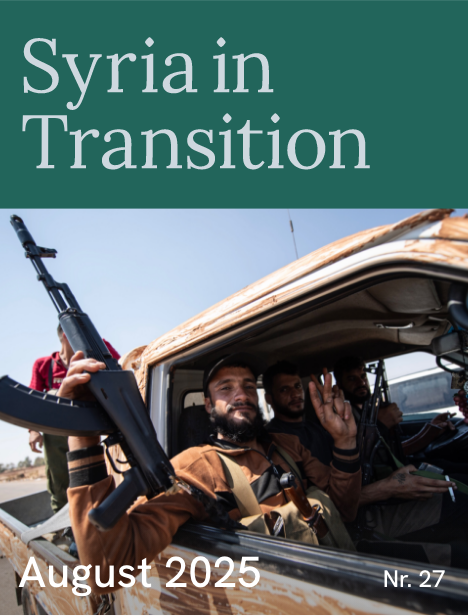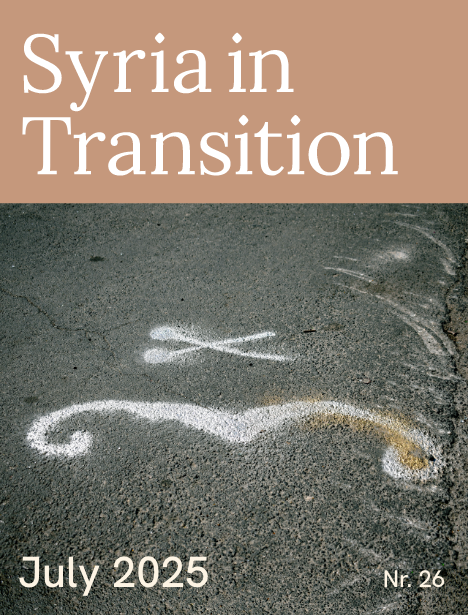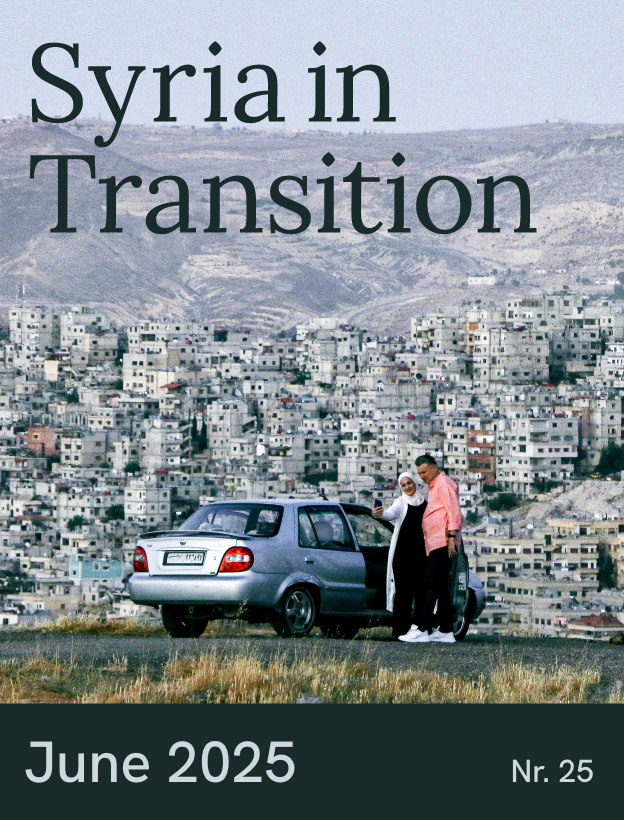The Syrian coast needs a hearts and minds approach
6. November 2025
A series of “kidnapping” incidents in Syria’s coastal region have recently been exposed as fakes. This is unsurprising, and likely part of a wider strategy by remnants of the Assad regime and some foreign backers to sow instability.
The most striking example was that of a young Alawite woman named Nagham Issa, who reappeared in a video from Lebanon denying the rumours of her death that had spread like wildfire on social media in early February. In that wave of speculation, Syria’s new security forces were directly accused of killing her.
The fabrications exploit a real and painful backdrop. Serious violations against Alawites did occur in March, as confirmed by the government’s own enquiry, but what distinguishes this pattern is how genuine incidents are blended with manufactured ones to blur accountability and inflame sectarian tensions.
The intent behind this campaign is clear: to stoke fear and discourage Alawite civic participation in the coastal region.
Anti-government social media accounts often rush to confirm alleged abductions, typically blaming masked men in unmarked vehicles from Idlib. Within days, the reports vanish — usually after the supposed victims reappear unharmed. This is followed by stories about alleged kidnapping cases reported by newly emerged activists in Europe who claim to oppose the current Syrian government, all circulated through websites and social media accounts believed to be run by Iran-linked groups in Lebanon and Iraq.
The intent behind this campaign is clear: to stoke fear and discourage Alawite civic participation in the coastal region. Alawites are warned off even apolitical initiatives, such as repairing schools or distributing aid, if these display the flag of the new Syrian state. Those who persist risk their lives. One such man, Jaafar Ali Durmini, a civilian from the town of Salhab in Hama province, was tortured and killed by an armed group for cooperating with government-affiliated programmes.
Restive region
The limited reach of security forces across the rural belts of Hama, Homs, Tartous and Latakia has given armed groups composed of ex-regime members the freedom to move, re-establish networks, and stage attacks, particularly at night. Travel after dark, even on main roads, has become perilous once again.
In response to the escalating unrest, the Syrian government has launched a new, intelligence-led security strategy under the command of Brigadier General Abdul Aziz al-Ahmad. His operations target major perpetrators of the old regime. Among those recently arrested are Major General Nayef Saleh Dirgham, a former military prosecutor, and Major General Akram Salloum al-Abdullah, once head of the military police. These measures may take years to bear full fruit, but they signal a serious effort to dismantle entrenched networks linked to violence.
Security operations alone cannot heal the social and political wounds of the coast.
The Ministry of Interior’s reconciliation process has also begun to yield results, reaffirming the principle of the rule of law as a cornerstone of the new Syria. Yet security operations alone cannot heal the social and political wounds of the coast. What is needed now is a broader approach that strengthens community cooperation and rebuilds trust among the people of the region.
Enhanced approach needed
A government-directed "hearts and minds" campaign is needed. Public festivals, trade fairs and cultural events in towns such as Safita, Dreikish, Salhab and Mhardeh could help restore a sense of normality and bring in tourism. School and cultural centre activities attended by Alawite religious figures would also go a long way toward easing tensions and countering the anti-government narratives being spread online.
Moreover, the coastal region depends heavily on agriculture. Given that economic difficulties are exploited by insurgents, the government should focus on supporting local production and marketing. When farmers see tangible improvements in their daily lives – when they feel that the state is helping them earn their bread – they will become far less susceptible to manipulation. Such efforts could rebuild bridges between communities and encourage the Alawite population’s reintegration into the fabric of the new Syria.
Today’s heavy-handed security approach, while necessary in parts, has also stifled economic and tourism activity across the coastal provinces. Protecting the Alawite community cannot be achieved by force alone. The government must complement its meticulous “surgical” operations aimed at removing dangerous insurgents with genuine efforts to revive civic life, strengthen morale, and foster a sense of national belonging.
Reintegrating the Alawite community is not merely a security objective but a national imperative. Lasting stability will come only through investing in social cohesion and giving all Syrians a genuine stake in their country’s future.





